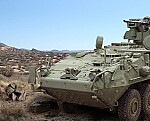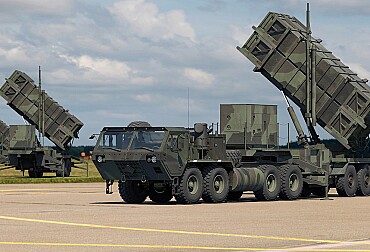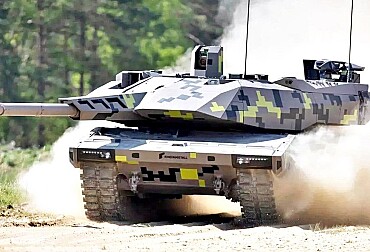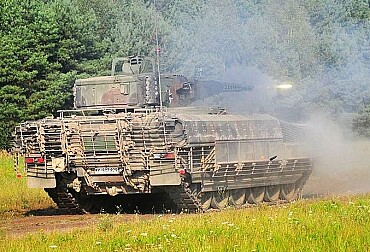Adaptability, accuracy, and survivability. The Tomahawk cruise missile is a cornerstone of modern warfare
The Tomahawk, officially known as the BGM-109, is a subsonic cruise missile originally developed by General Dynamics in the 1970s and later taken over by Raytheon. Its mission is to strike long-range targets (up to 1,600 km) without the use of piloted vehicles, evading enemy detection systems. Its role is to disable command systems, radar centers, airfields, and strategic installations. It allows the air force to act without constraint and provides the military command with a strike capability that leaves no visible human signature.
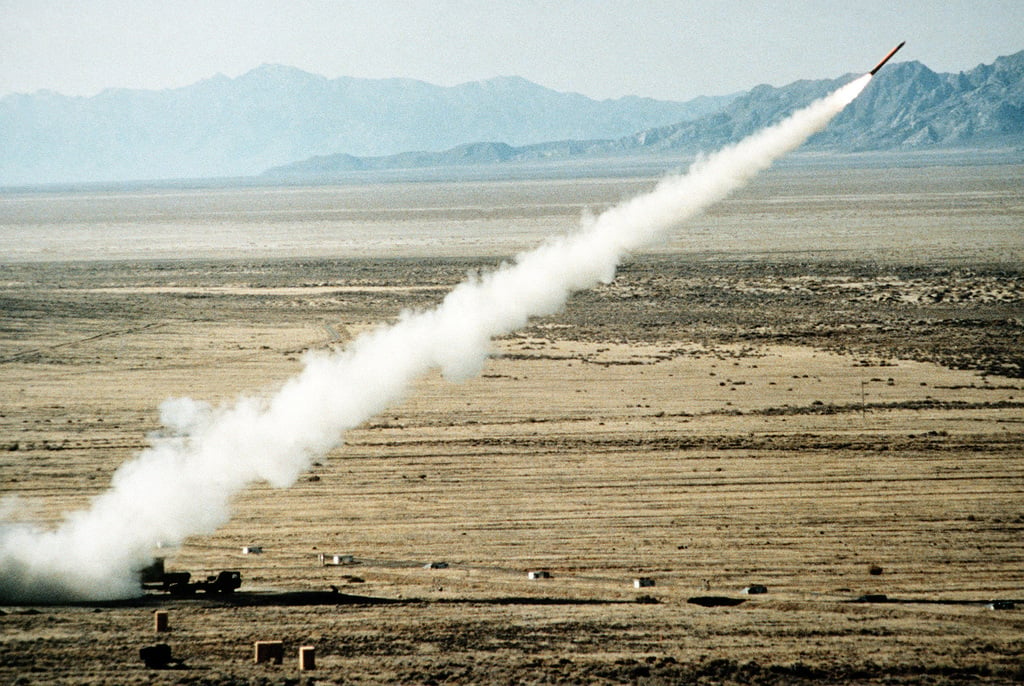
In the Western arsenal, few weapons systems symbolize modern warfare as much as the Tomahawk cruise missile. Accurate, discreet, and adaptable, it embodies the ability to neutralize strategic targets before any human boots hit the ground. From the first Gulf War to Operation Midnight Hammer in 2025, this missile remains the first blade in a war that always starts earlier and goes further.
Its low-altitude flight profile and GPS, radar, and inertial sensor-guided navigation allow it to avoid ground-based radar while maintaining a flexible, adaptive, and extremely accurate trajectory. It can carry a 450 kg conventional warhead or multiple payloads in the most recent versions. It is launched from ships, submarines or land platforms, giving it great strategic flexibility.
Since its creation, numerous variants of the Tomahawk have been produced. The Block I versions included the Tomahawk Land Attack Missile-Nuclear (TLAM-N, TLAM-A, RGM/UGM-109A) and the Tomahawk Anti-Ship Missile (TASM, RGM/UGM-109B). Block II variants include the TLAM-C (RGM/UGM-109C), designed to attack hardened targets, and the TLAM-D (RGM/UGM-109D) designed to attack ‘soft’ targets such as aircraft and troop concentrations. Block III updates included new electronics allowing for coordinated attacks. Block IV missiles are capable of loitering in flight for hours and possess a two-way datalink designed for receiving updated mission information of course corrections. The current series, known as Block V, is available in three sub-versions:
- Block V (modernized navigation and communications)
- Block Va (capable of striking mobile targets at sea)
- Block Vb (equipped with a multifunctional warhead optimized against hardened or dispersed targets)
Operational history
The Tomahawk has been used more than 2,350 times in actual operations since it entered service. In 1991, it played a decisive role during Operation Desert Storm, destroying Iraqi military infrastructure without risk to pilots. It was used again in conflicts in the former Yugoslavia, Kosovo, Iraq in 2003, Libya in 2011, Syria from 2014, and more recently against the Houthis in Yemen during joint strikes by the U.S. Navy and Royal Marines in 2024.
Its function remains the same: to disable command systems, radar centers, airfields, and strategic installations. It allows the air force to act without constraint and provides the military command with a strike capability that leaves no visible human signature.
On the night of June 21–22, 2025, US forces launched Operation Midnight Hammer against several Iranian sites. The attack was planned in the utmost secrecy to maintain the element of surprise. The first waves of Tomahawk missiles targeted logistics hubs, air defense radars, and underground depots in the Isfahan region. The missiles were fired from several US nuclear submarines positioned in the Sea of Oman, supplemented by air-to-ground missiles fired from B-2 Spirit aircraft.
The Tomahawks played a central role in “shutting down” Iran's air defenses and enabling a subsequent strike without significant opposition. Satellite images released after the operation show the extent of the damage caused to facilities that were nevertheless well protected. A US Air Force officer quoted by a major French media outlet spoke of a “surgical strike prepared for months,” in which the Tomahawks “opened an invisible corridor for the bombers.”
International sales and future of the missile
In 2024, Japan signed a contract to purchase 400 Tomahawk missiles, marking a strategic shift in the country's projection capabilities. This acquisition is part of Japan's efforts to strengthen its deterrence capabilities against China. Other allied countries have also expressed interest in the new versions of the missile, particularly in their ability to strike at sea or to adapt the warhead to the type of target. These contracts will help keep the missile in production, with its supply chain extended until 2035.
Despite its longevity, the Tomahawk missile will not last forever. Several projects are aimed at partially replacing it: The CPS (Conventional Prompt Strike) hypersonic missile under development for the Navy, with a speed of Mach 5+; The Joint Strike Missile (JSM) for F-35 platforms; The LRASM (Long Range Anti-Ship Missile) for advanced anti-ship missions. However, none of these projects is intended to completely replace the Tomahawk. The latter retains a unique position thanks to its controlled cost, its ability to be reprogrammed in flight, and its compatibility with many existing platforms. It is therefore likely that the Tomahawk will remain in service for at least another decade, with regular software updates and adaptations to emerging needs.
The Tomahawk is not a weapon of the past. On the contrary, it is one of the most powerful levers of strategic action without human contact. It shapes the first hours of war, when everything is at stake: when the enemy is disrupted, neutralized, and paralyzed. In a world where war is waged without a front line, where decisions precede fire, the Tomahawk remains the tool of the initial strike, the one that opens a campaign before the enemy hears a sound.



